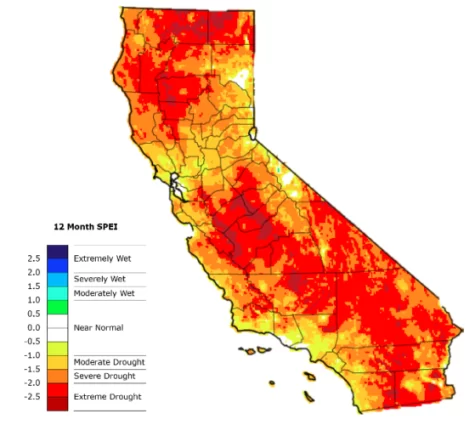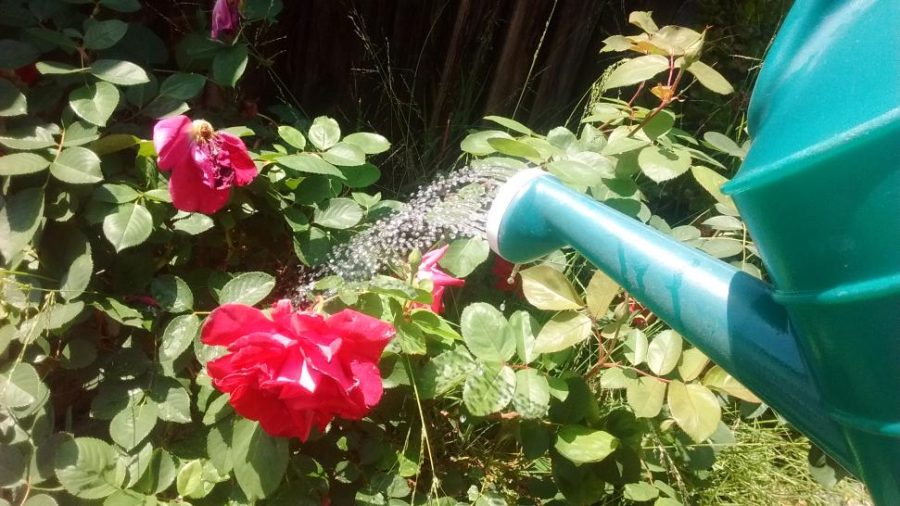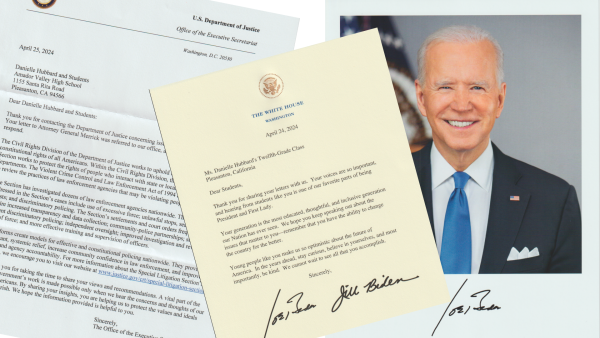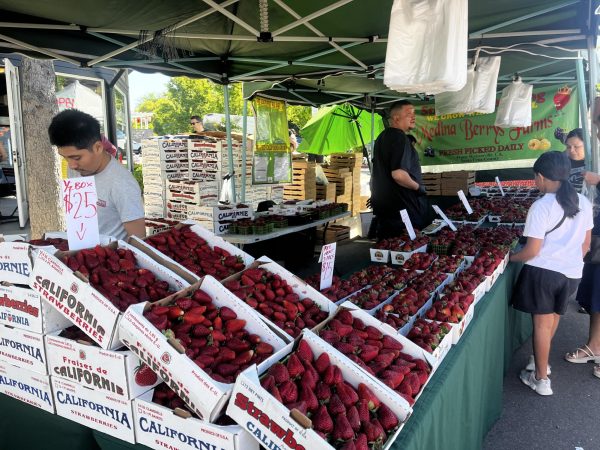Why are water bills rising?
Suburban lawns have been proven to be excessively wasteful for water. Nearly 40 to 60 percent of landscape irrigation goes to lawns, an excellent area to cut back on.
April 24, 2022
The California drought’s effects can be felt in the Pleasanton community in the form of rising water prices and increasing restrictions on water usage.
California has historically experienced sporadic droughts since its birth in 1850, with the 2020 drought being approximately the 12th drought in Californian history. This is due to California’s unique geographical position as well as the rising effects of climate change.
“California has an extremely variable climate. There are years where we get too much water, or too less, and this is because California has so many miles of coastline as well as so many mountain ranges to its east. You get stuff coming in from the sea, and you get the snow messing with the water supply on the west,” said David Zhu, a senior air quality engineer at Bay Area Air Quality Management.
California relies on snowpacks, not rainwater for most of its water supply, especially in the summer. If snowpacks melt too early due to a warm winter, winter rains pour and there is not enough snow left for the summer. This means summers are dry, hot, and full of droughts.
“To make it worse, a lot of the land is used for farming and housing, which drains water real fast. California is susceptible to droughts because of this,” said Zhu.

Climate change and increasingly warmer winters have caused winter rains to fall earlier and harder, bringing on more droughts, and California’s heavy use of water doesn’t help either. Governor Newsom urged a 15 percent reduction in water usage to compensate last year, but citizens have yet to meet this standard. This year in January, he mandated a reduction but was largely unsuccessful.
“The entire state is in a drought today, and to meet this urgent challenge we must all pull together and do our part to reduce water use as California continues to build a more climate resilient water system to safeguard the future of our state,” said Gavin Newsom in a statement released last year in 2021.
Rising prices associated with droughts, a need to replace infrastructure, and inflation have led to increased water bills for citizens. Some simply got rid of the conventional lawn, as it often takes up excessive water use in a household.
“In 2013 we got rid of our grass lawn, we got rocks now. We saved a lot of water from that, nearly 20 percent. Now, our water bills haven’t gone up too much,” said Ron and Marianne Simmons.
In addition to the drought, Californian citizens have other added expenses heaped on their water bills. Those in the East Bay or Northern California have aging reservoirs, and water treatment infrastructure to pay for. Those in Southern California, an even dryer area, have it even worse. San Diego relies on the Colorado River for a sizable portion of its water supply – meaning hundreds of miles of pipes to maintain. Water conservation can be key to solving these problems and reducing bills.
“The city came around three years ago and told us to conserve water. They said we didn’t need to water the lawns so much, and me and my wife always save water, like using the water from dishes to water the plants. We even got a bucket in the shower we use to flush the toilet,” said Ichiro Yamado, a 30-year resident.
As of now, water bills seem to only be going in one direction: up. It would take a combination of a reversal of climate change and legislation to lower them.













![The outgoing EICs [left to right] Zenil Koovejee, Aileen Hu, Ritika Gupta, Zaynah Shah, and Audrey Combs take a picture with journalism advisor Wendy Connelly to commemorate their last banquet.](https://www.amadorvalleytoday.org/wp-content/uploads/2024/05/458E2D9A--600x451.jpg)

